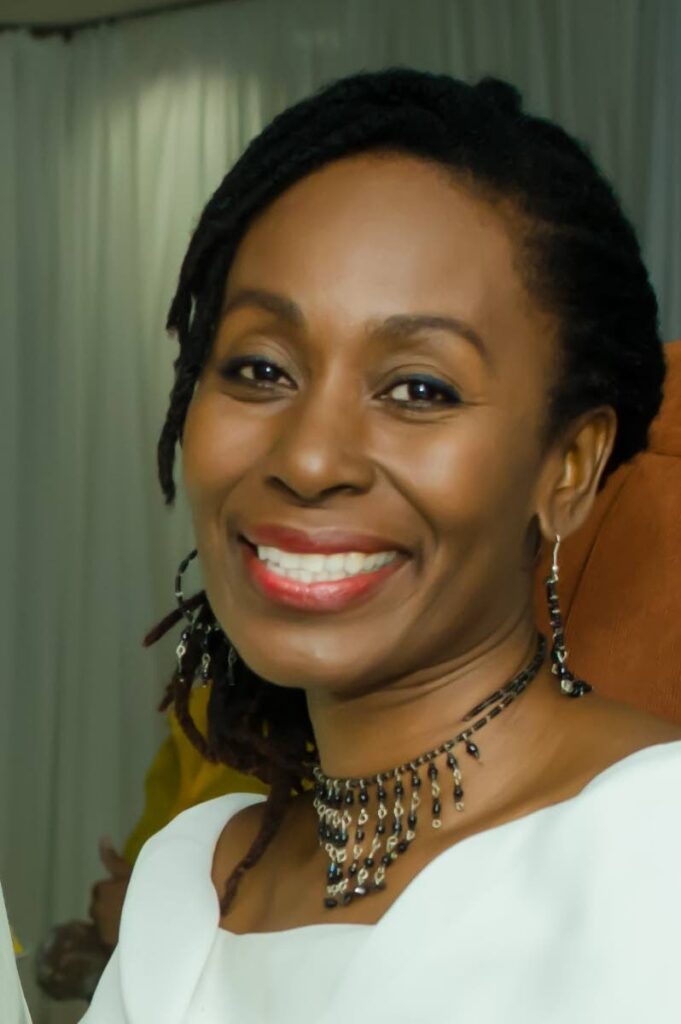No peace without artists

Culture Matters
DARA E HEALY
BEAT SHE!
Have you ever seen a fight among students? I do not mean on social media. I mean actually being there as students crowd around two girls firing off punches, pulling each other’s hair and screaming expletives. Have you ever heard the shouts or seen the grins from the ones watching the fight, encouraging whomever they are supporting in the confrontation?
As it becomes more normal for disputes to end in murder, is fighting among students part of a growing culture of violence in our nation, or is something else happening?
It seems that the authorities have been trying since the 1980s to treat with violence in our schools. Since then there have been “consultations on violence and indiscipline in schools,” programmes promoting peace in schools and now an “infraction rubric” is being prepared for consideration. As the names of the various plans become more, well, confusing, the violence in our schools continues to escalate.
It may shock you to know that as far back as the 1990s, violent behaviour among students included possession of illegal drugs, arms or ammunition and assaults on members of staff. In 2000, although that particular plan sought to address issues such as extortion, stabbings, gang attacks and verbal abuse or assault of teachers by students, it also acknowledged that there was a need to address the assault and verbal abuse of students by teachers.
By 2003, the peace promotion programme sought to include artists as part of the solution. Artists were asked to implement interventions to convey key messages around issues such as sexuality, peer pressure and life choices. Although it had an impact on students and educators, this programme was not continued, nor was it revisited by any subsequent administration.
Sadly, in 2008 a student was stabbed to death. In that same year, yet another consultation on violence occurred. This time dissatisfaction was expressed at incidents such as unruly behaviour, disobeying teachers and obscene language, as well as problems with illegal drugs, alcohol and possession of weapons.
Notably, the inclusion of gang involvement by students is now part of the accepted narrative about violence in schools. Previous studies on school violence have largely focused on the challenges faced by students – difficult family life, poverty and so on.
Solutions swirl around the need to “manage children with behaviour problems” or address delinquency among students. In recent years, questions around the dysfunction in schools now also openly address the sexual abuse of children by teachers and the pervasiveness of pornographic material, even at the level of infants.
Our school interventions were often most successful when we addressed the trauma of loss of family through appropriate cultural forms like bongo dance or folk songs. For the most part, the teachers were either overwhelmed or not sufficiently trained to continue implementing creative solutions. It is the same today – students who do not know significant dates in our history or teachers who are unable to explain the similarities between Ganesh and Esu.
And yet, according to the media reports, stakeholders for this latest consultation on crime in schools include “National Security; Youth Development and National Service; Gender and Child Affairs; TTPS Community Police; Social Development, Tobago House of Assembly and Sport and Community Development.” Once again, artists were not part of the consultative process; the importance of culture does not appear to have been considered.
Peace is not simply the absence of war. As described by the UN, peace entails teaching “people of the world how to work together and collaborate to solve challenges. (Peace)…is about what kind of human beings we want to become, the concept of well-being, and the thinking process that leads to decision-making in the right directions.”
Thus, while learning about great local poets, how to move on stage or play the pan will not necessarily stop a child from picking up a gun, the act of creating is itself a source of inner peace. Understanding one’s origins and contribution to the world gives purpose. Thus, the children who are taught to respect other cultures or to channel their frustrations into making music are less likely to be attracted to criminal activities. They learn empathy, tolerance and discipline, while their experience of learning unfolds on several levels.
For more than 30 years we have been seeking solutions. However the pursuit of peace requires the involvement of people who engage with the world in a different way. If we want to see fewer fights, we must accept there can be no peace without artists.
Dara E Healy is a performance artist and founder of the Indigenous Creative Arts Network – ICAN


Comments
"No peace without artists"